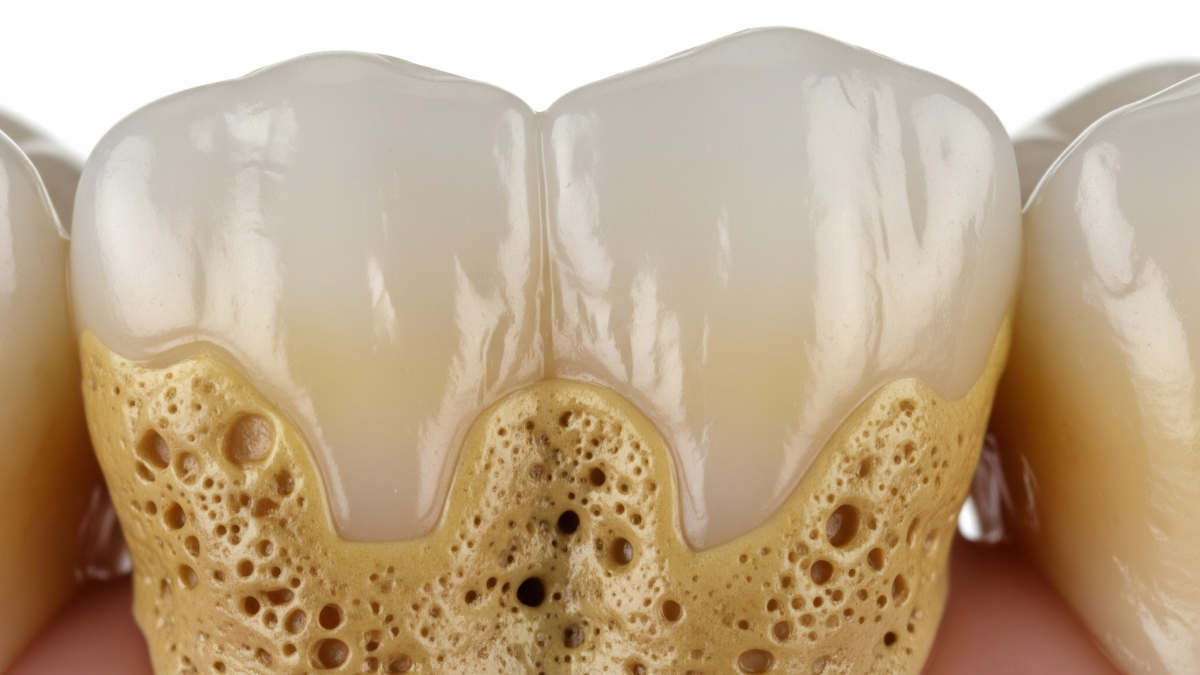The Silent Threat: Understanding and Preventing Periodontal Disease
When we think about dental health, cavities often come to mind first. While tooth decay is certainly a common concern, there’s a quieter, more insidious threat that affects millions worldwide: periodontal disease, also known as gum disease. Left untreated, it can lead to pain, tooth loss, and even impact your overall health.
What is Periodontal Disease?
At its core, periodontal disease is an infection and inflammation of the gums and the bone that supports your teeth. It typically starts with gingivitis, the mildest form. This is when plaque—a sticky film of bacteria—builds up on your teeth, irritating your gum tissue. You might notice red, swollen, or bleeding gums when you brush or floss. The good news is that gingivitis is reversible with good oral hygiene and professional cleanings.
However, if gingivitis isn’t addressed, it can progress to periodontitis. In this stage, the plaque spreads below the gum line, and the body’s immune response to the bacteria can start to break down the bone and connective tissue that hold your teeth in place. Pockets form between your teeth and gums, which can become infected. As the disease advances, these pockets deepen, more gum tissue and bone are destroyed, and eventually, teeth can loosen and may even need to be extracted.
Beyond Your Mouth: The Systemic Link
The impact of periodontal disease isn’t confined to your mouth. Research has increasingly shown a strong link between severe gum disease and other systemic health conditions. These include:
- Heart Disease: The inflammation and bacteria in your gums can enter your bloodstream, potentially contributing to hardened arteries (atherosclerosis) and increasing your risk of heart attack or stroke.
- Diabetes: There’s a two-way street here. People with diabetes are more susceptible to gum disease, and severe gum disease can make it harder for individuals to control their blood sugar levels.
- Respiratory Issues: Bacteria from infected gums can be inhaled into the lungs, potentially leading to respiratory problems like pneumonia or bronchitis.
- Pregnancy Complications: Pregnant women with periodontal disease may have a higher risk of preterm birth and low birth weight babies.
Prevention is Key
The good news is that periodontal disease is largely preventable! Here’s what you can do to protect your smile and your overall health:
- Brush Regularly and Properly: Brush at least twice a day for two minutes each time, using a soft-bristled brush and fluoride toothpaste. Pay attention to all surfaces of your teeth and gently brush your gum line.
- Floss Daily: Flossing removes plaque and food particles from between your teeth and under the gum line, areas your toothbrush can’t reach.
- Regular Dental Check-ups and Cleanings: Visiting your dentist for professional cleanings every six months (or more often if recommended) is crucial. Your dental team can remove hardened plaque (tartar) and identify early signs of gum disease.
- Avoid Tobacco: Smoking and other tobacco products are major risk factors for developing severe periodontal disease and can hinder treatment.
- Eat a Balanced Diet: A healthy diet supports your overall immune system, which helps your body fight off infections, including gum disease.
Related posts
Meet the Author
Welcome to OdontoBlog, your essential source for current dental news and tips. Our goal is to simplify oral health, offering accurate and accessible information.
Popular Posts
Subscribe Now
* You will receive the latest news and updates on your favorite celebrities!


